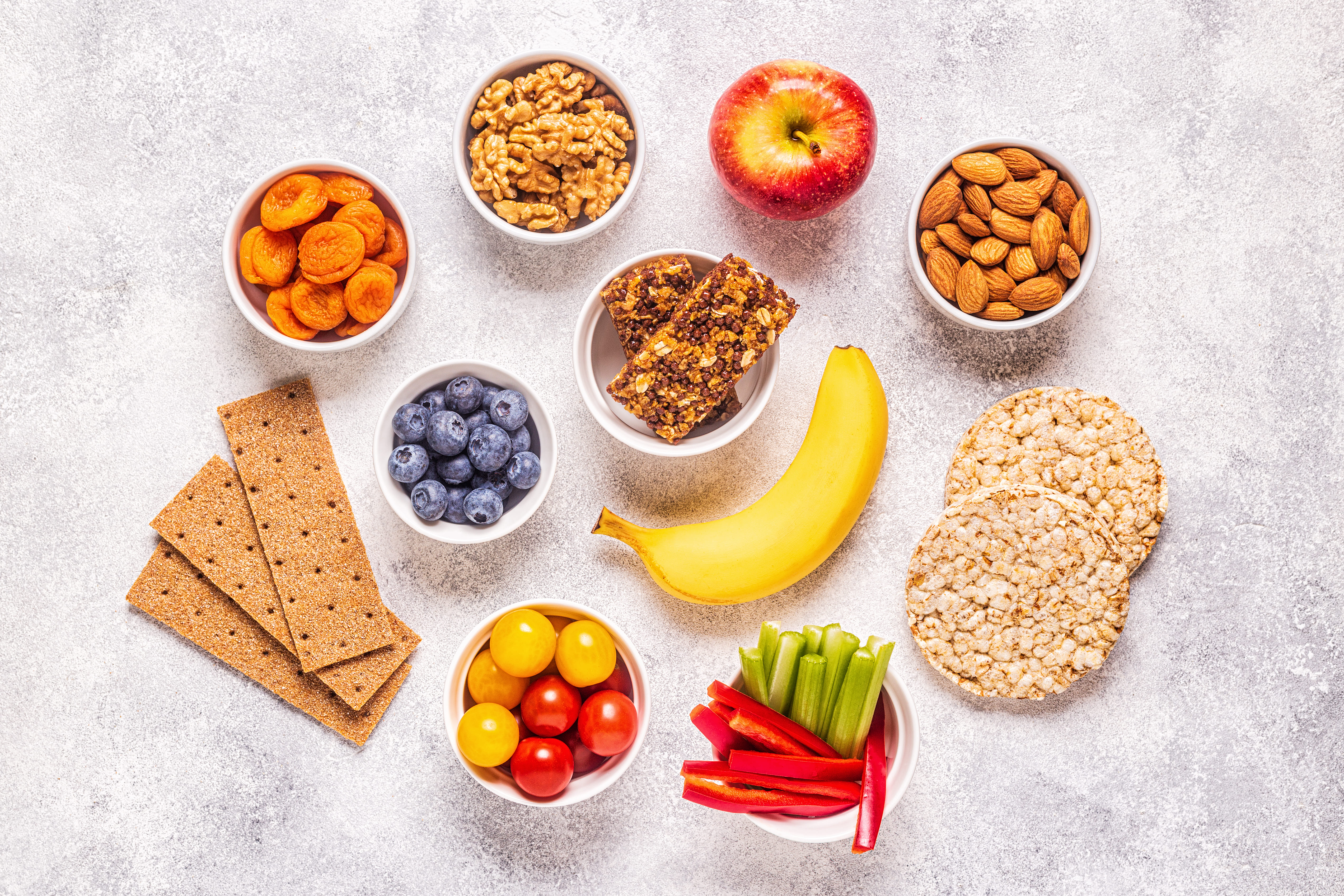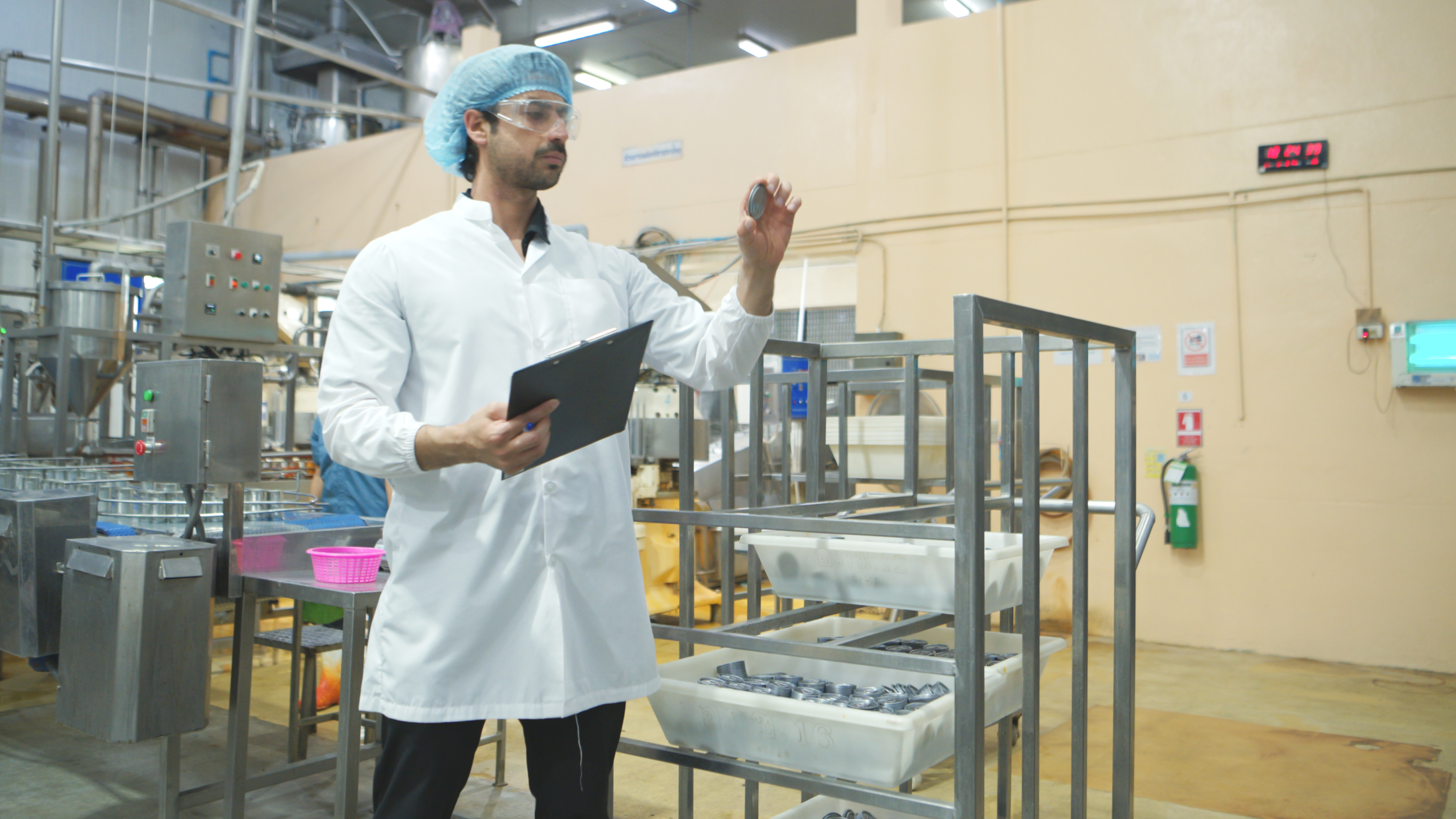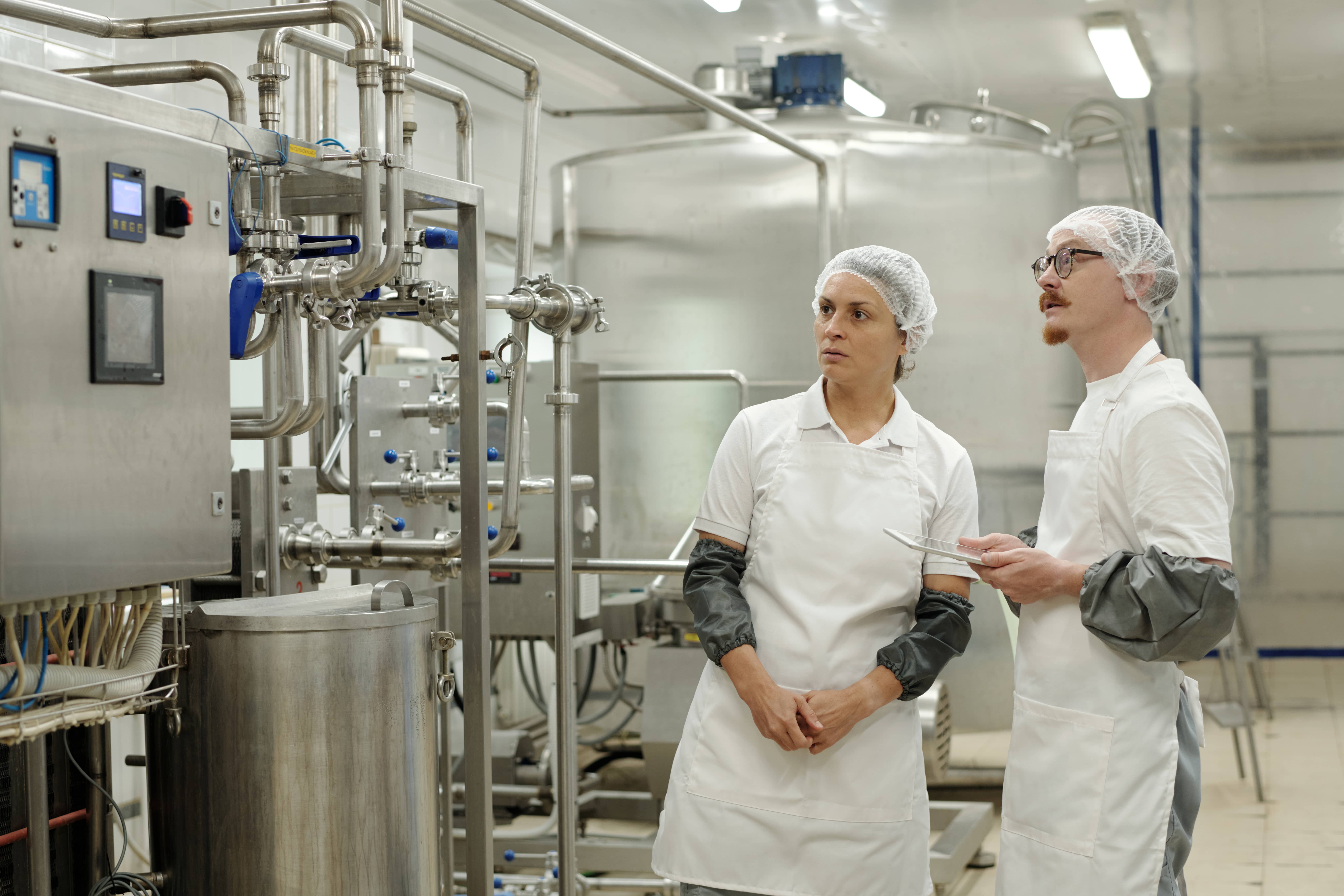Last Updated on November 20, 2025 by Admin
Like any other business venture, starting a food business is equally thrilling, yet it comes with a slew of legal obligations and meticulously planned steps. These requirements range from obtaining the appropriate licenses to integrating proper food safety and quality standards in labelling, packaging, and marketing the food. After reading this guide you will have a better understanding of the steps needed to FSSAI license food business and the required food business packaging and labelling standards for a successful establishment.
How to Start a Food Business?
There are some steps stated below that will help you to start a food business.
Step 1: What is the type of food business you want to operate?
It is important that before entering the food industry, you select the type of food business you want to operate as this will greatly determine the required licenses, operational structure, as well as the required packaging for your goods. Some of the most common food business models are w listed below:
- Restaurants and Cafes: Business that focuses on preparing and serving meals and beverages.
- Cloud Kitchens: Businesses that solely deliver food without an option for dine-in.
- Home-Based Food Business: Selling food cooked at home; baked goods, preservatives and pickles.
- Packaged Food Business: Prepackaged food items production and sales business.
- Food Truck or catering services: A mobile business providing food services to different localities.
Read Also: How to Start a Cloud Kitchens
Step 2: Create a Business Model
Your business model includes the following:
- Designating an intended audience and conducting market analysis
- Consideration of funding and investment allocation
- Scope of food offerings and other menu items
- Marketing and sales strategy
- Your business’s budgeting plan
Step 3: Finding Markets as Well as Distribution Channels and Infrastructure
Your workstation should fulfil applicable local health and safety policies. In the case of setting up a restaurant or food business, ensure the working environment has:
- Storage of raw materials and finished goods products should be clean and sanitary
- Sufficient kitchen space that is properly stocked and organized
- Sufficient ventilation as well as sanitary waste disposal systems
Food Businesses: Different Types
Food businesses fall into the following broader types:
- Manufacturing and Processing – Companies that make food and beverages for sale in retail shops.
- Retail Food Activity – Stores that sell groceries, supermarkets, and even vendors selling food online.
- Food Services – Other types of businesses such as restaurants, cloud kitchens, and catering firms.
- Food Business Made at Home – Small home-based businesses.
- Food Business Doing Imports and Exports – International food business enterprises.
Different types of these have varying compliance regulations in terms of licenses, operational strategies, quality, and safety measures.
How to Obtain an FSSAI License?
What is FSSAI?
The body in charge of overseeing the safety parameters of food within India is the **Food Safety and Standards Authority of India (FSSAI)**. For every food business to function legally, it must acquire an FSSAI license.
Types of FSSAI Licenses
1. FSSAI Basic Registration: For small businesses with a turnover of up to ₹12 lakh in a financial year.
2. FSSAI State License: For medium-sized businesses with annual income that ranges between ₹12 lakh to ₹20 crore.
3. FSSAI Central License: For large-scale businesses with a multi-state presence or a turnover exceeding ₹20 crore.
Steps to Apply for an FSSAI License
1. Go to the FSSAI website (https://www.fssai.gov.in/).
2. Under FoSCoS (Food Safety Compliance System) register your business.
3. Submit all additional documentation, such as:
- Proof of business registration (GST, incorporation certificate, etc.)
- Proof of the business address
- Food hygiene policies of the establishment
- Owner’s identification documents
4. Make the necessary payments and await FSSAI approval.
5. Include the FSSAI license number in all marketing materials as well as in the food product labels after approval is granted.
What is Food Labelling?
Food labelling is vital in the working of packaged food businesses as it guarantees that customers get precise information regarding the product, its ingredients, and its nutritional value.
Mandatory Requirements for Food Labelling
According to FSSAI, every packaged food product has to have the following:
- Product Name – The brand should be visible and readable.
- Ingredients List – Disclose all ingredients used in the product while estimating their weight.
- Nutritional Information – Amount of energy, protein, carbs, fat, and vitamin quantities in one serving.
- Manufacturing and Expiry Date – Shows how long the product can stay on shelves.
- Net Quantity – Defines the weight or the volume of a product.
- FSSAI License Number – Document to show safety measures implemented in food production.
- Allergen Information – Statement of common allergens such as nuts, dairy products, soy, etc.
- Storage Instructions – Directions on the proper storage of the product.
- Consumer Care Information – Information regarding customer support.
Packing Material for Food
Importance of Proper Packaging
The right type of packaging is a prerequisite for preserving the aesthetic properties of the food product, guarding it against taint or overshadow, and improving its overall appeal. The kind of packaging material that one uses should be based on the nature of the food being sold.
Forms of Food Packaging Materials
- Flexible Plastic – Typically used for snacks, drinks, and prepared dishes.
- Glass Jars – Used for storing beverages, sauces, and pickled products.
- Metal Containers – Works best for packaged food and fizzy drinks.
- Papers and Boards – Best suited for dry food such as cereals and bakery goods.
- Eco-Friendly Packages – A sustainable alternative that needs to be picked by businesses having concern for nature.
FSSAI Rules for Food Packaging Materials
- The packaging material should be safe for contact with food and should not harm people’s health.
- Do not use plastic or other materials that have been recycled for parts such as touch surfaces.
- For the protection of the product, packaging should be anti-tamper.
Also read: How To Start Dairy Farming? Easy Steps For Beginners
Final Thoughts
Launching a food business incorporates several stages, such as selecting a preferred business model, acquiring appropriate permits, and complying with packaging and labelling requirements. Food entrepreneurs can increase consumer protection health and safety, whilst serving their own branding needs by using FSSAI standards. Labelling and packaging commodities in an appropriate manner adds a great deal to customer confidence and a business’s market position. Following proper industry restrictions and thorough analysis allows for the opportunity to open and grow a successful food business.













